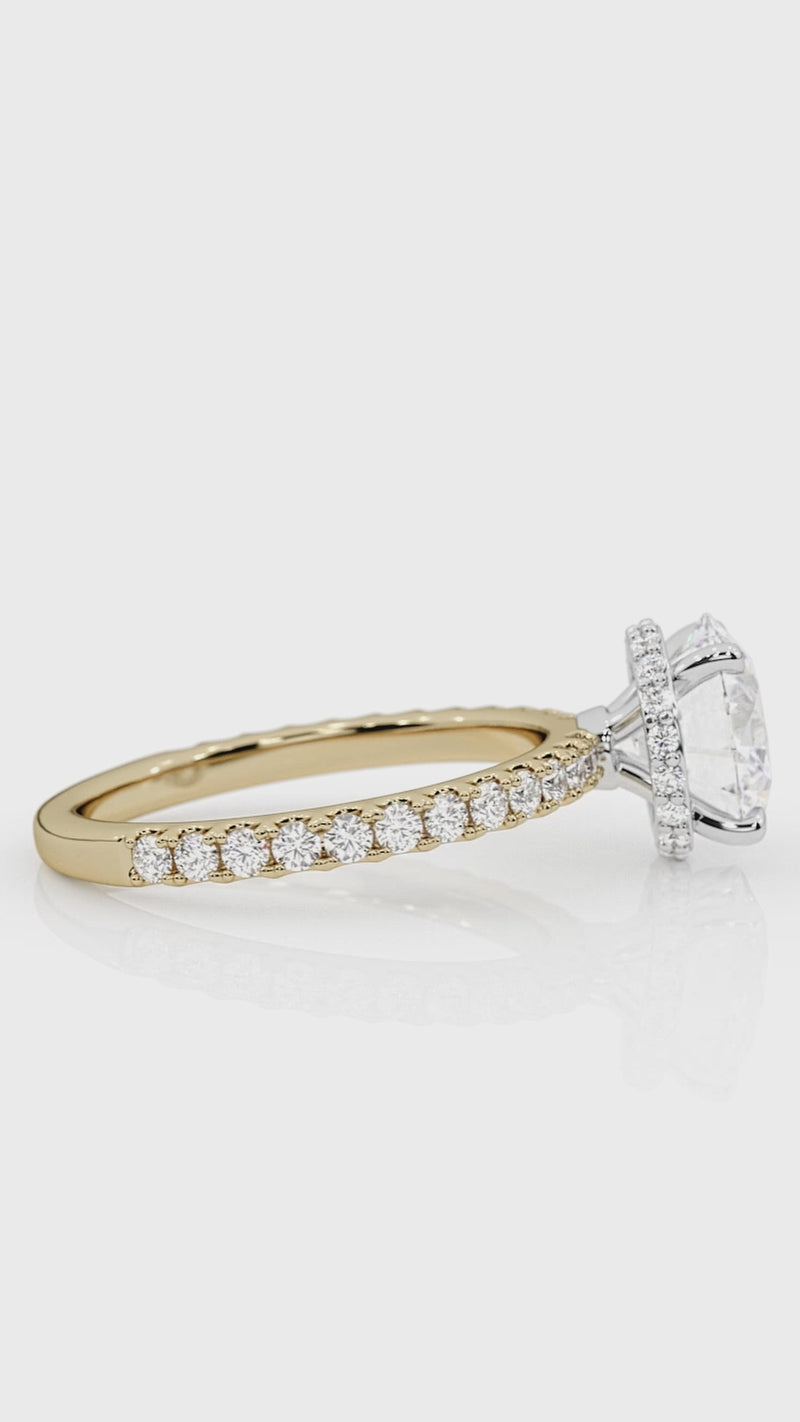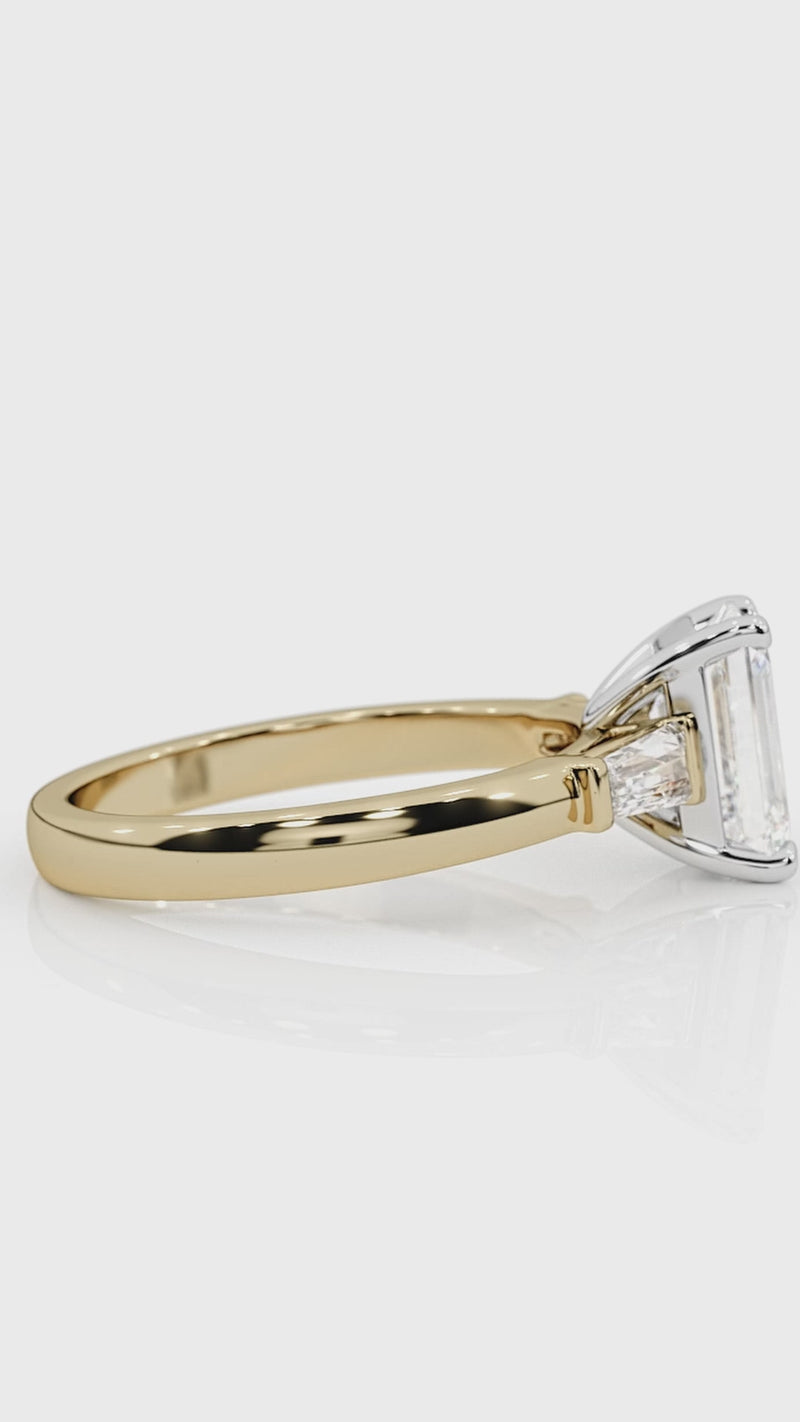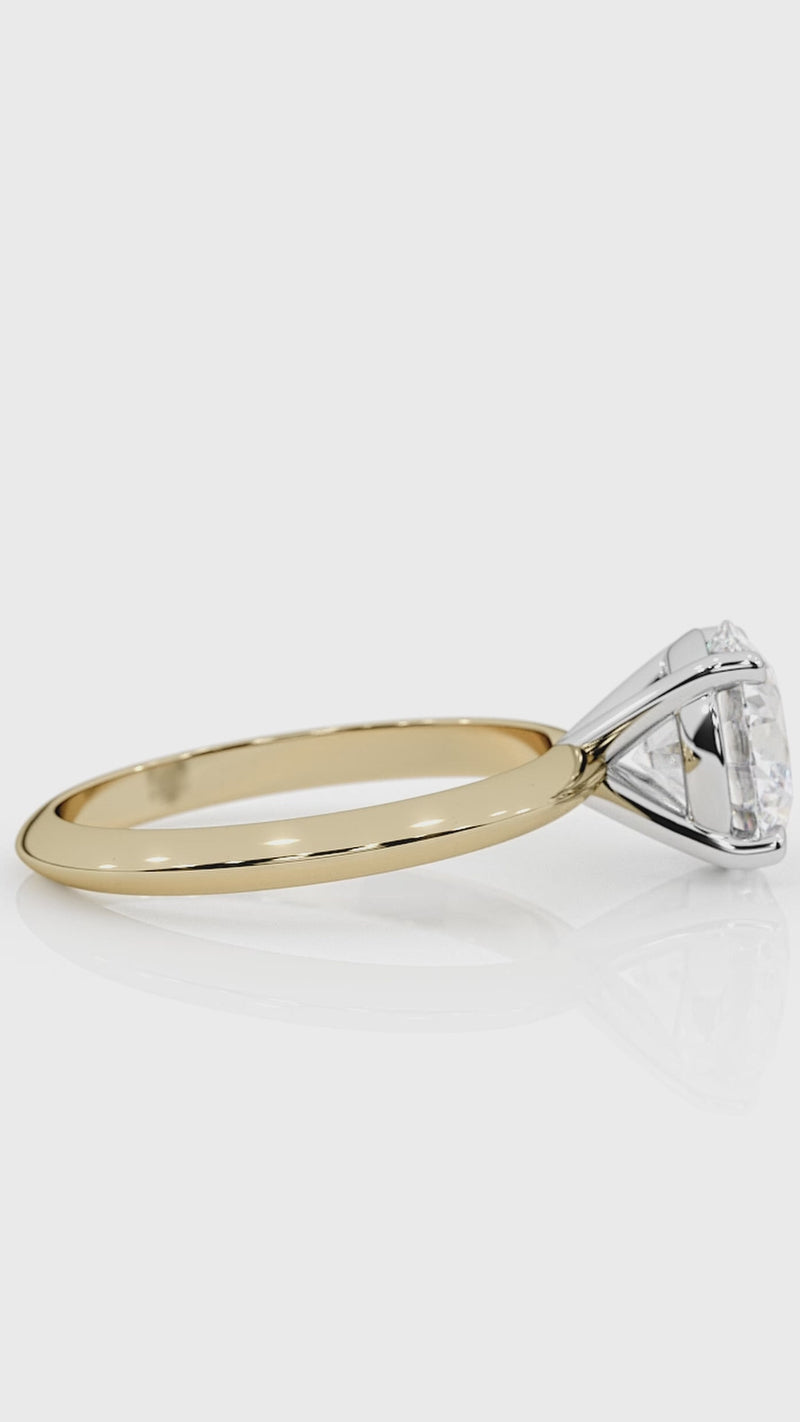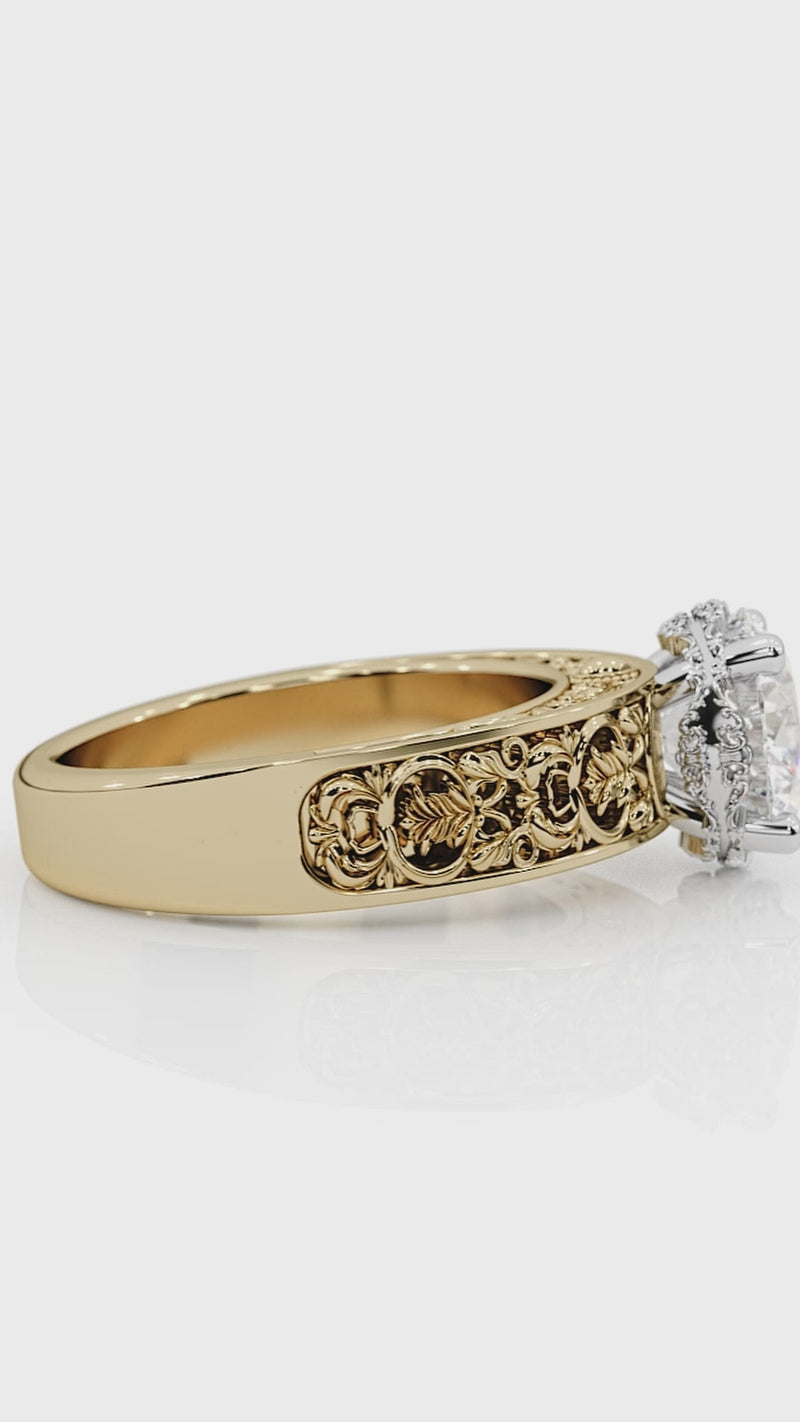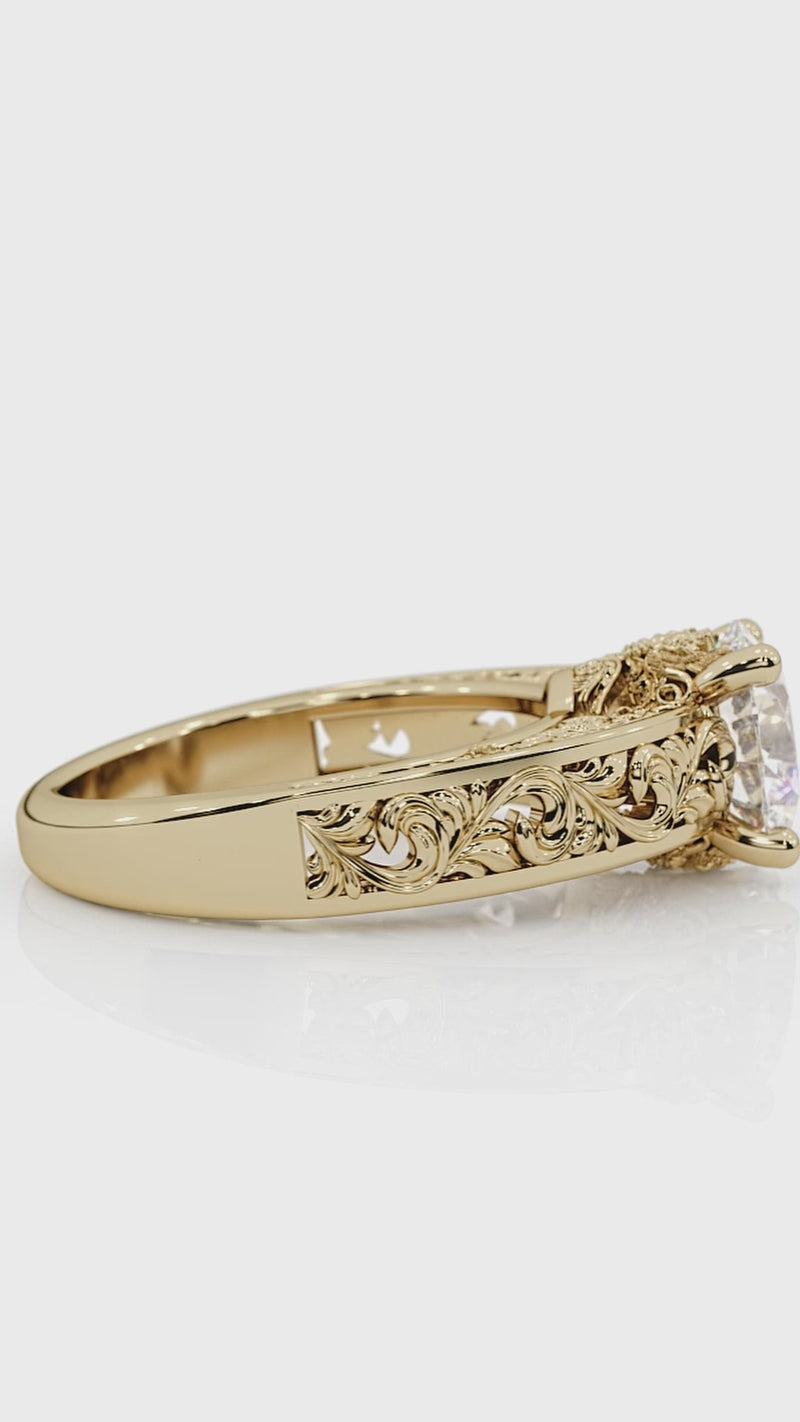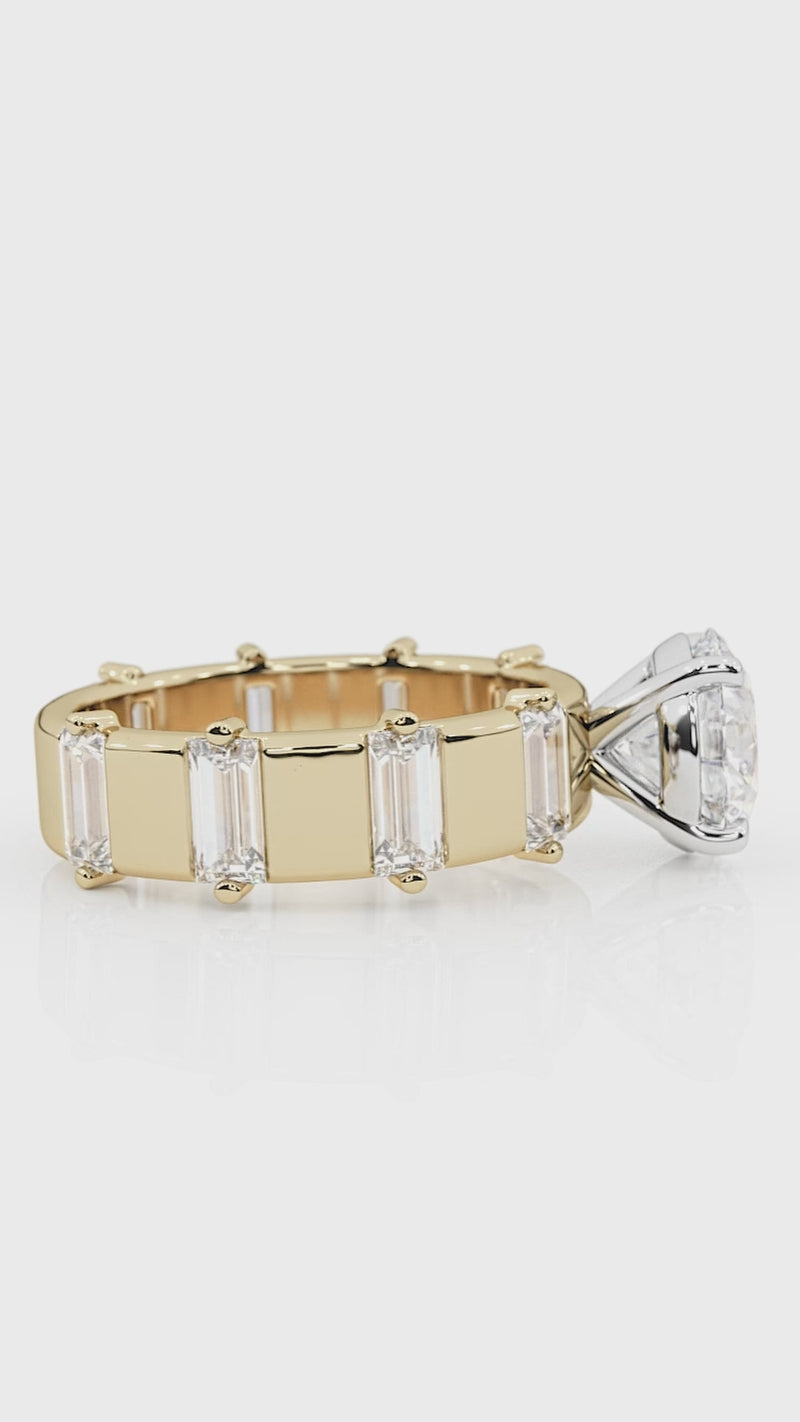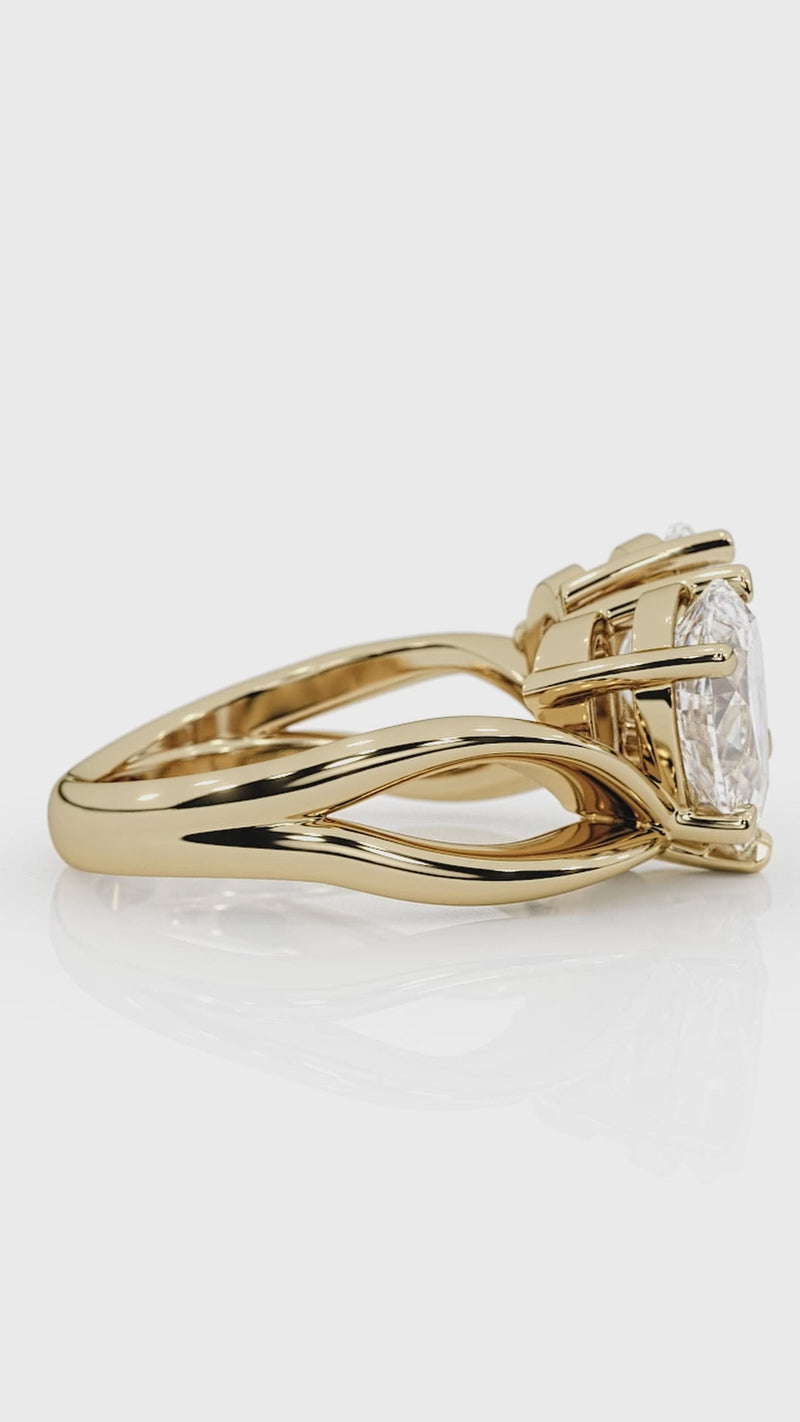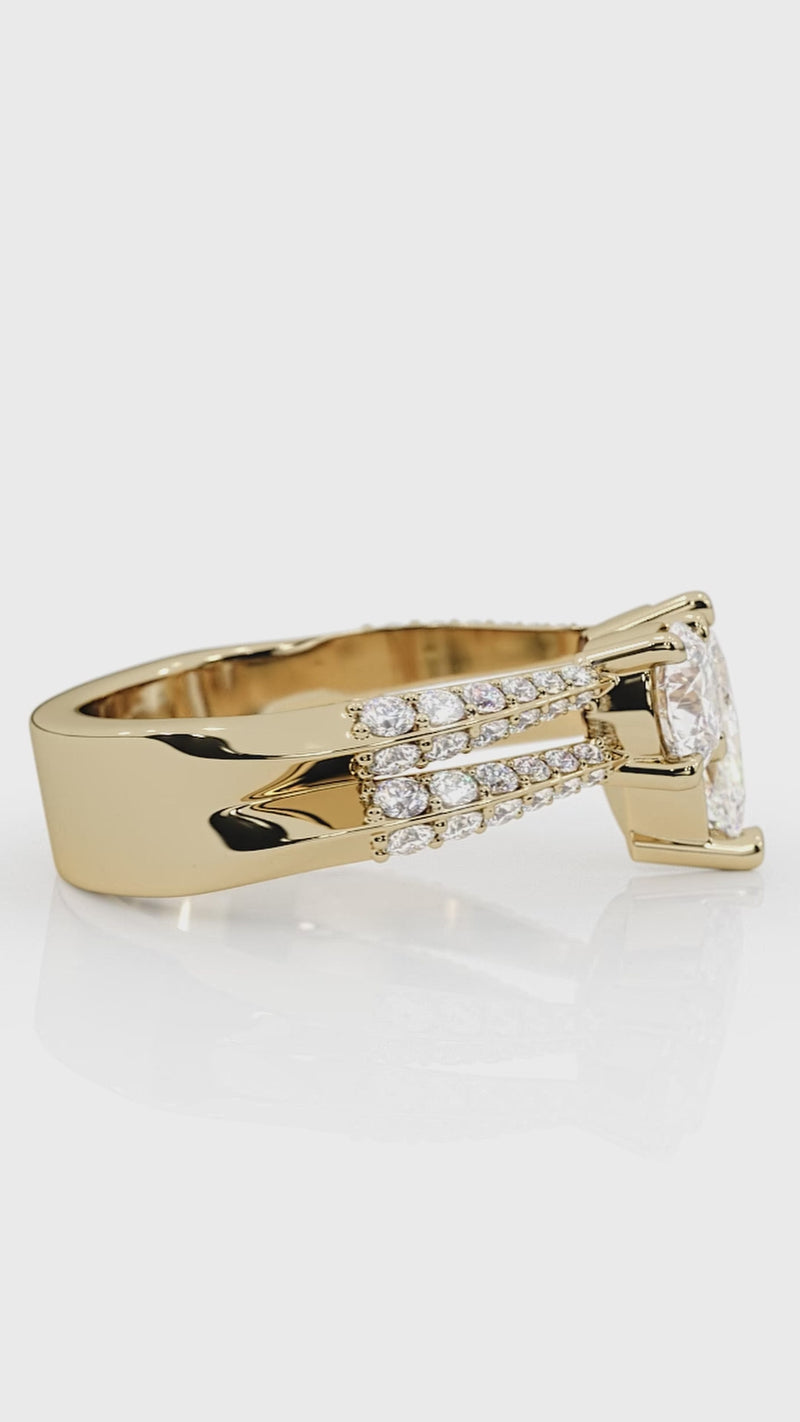The 4 Cs of a Diamond: See the Difference
When you’re shopping for a diamond, especially for a symbol as significant as an engagement ring, you’ve likely come across the term “The 4 Cs.” This system—developed by the Gemological Institute of America (GIA)—helps determine a diamond’s overall quality. Each “C” is essential to understanding a diamond’s allure and beauty. Below, we dive deep into the 4 Cs of a diamond—Carat, Cut, Color, and Clarity—and what they mean for your purchase.
1. Carat: The Measure of Weight
What is Carat?
Carat is a unit of weight used to measure diamonds. One carat equals 0.2 grams (or 200 milligrams). The higher the carat weight, the bigger (and often more expensive) the stone will be.
Why It Matters
Carat heavily influences price. A 1-carat diamond can be significantly more expensive than a 0.9-carat diamond with a similar grade in other categories, simply due to its size. However, bigger isn’t always better. Many couples find that a slightly smaller diamond with higher Cut, Color, and Clarity grades has a more striking appearance than a larger one with obvious flaws or suboptimal color.
Pro Tip
- Consider the diamond’s measurements (in millimeters) rather than just its carat weight. Two diamonds with identical carat weights can look very different in size if one is cut deeply while the other has a shallower cut.
2. Cut: The Symmetry and Sparkle
What is Cut?
Cut defines how well a diamond’s facets interact with light. While “round,” “princess,” and “emerald” refer to shape, the term “cut” in the 4 Cs reflects the craftsmanship—its angles, proportions, and symmetry.
Why It Matters
A well-cut diamond maximizes the three properties jewelers use to assess sparkle: brilliance (light reflection), fire (the rainbow effect you see in the diamond), and scintillation (the flashes of light when the diamond moves). Even a diamond with high Color and Clarity can appear dull if it’s poorly cut.
Pro Tip
- If you’re shopping for a round brilliant diamond, look for GIA or AGS cut grades of “Excellent” or “Ideal.” The cut’s precision is key to unlocking that coveted, head-turning sparkle.
3. Color: The Spectrum from D to Z
What is Color?
The diamond color scale assesses how close a stone is to being colorless. The GIA grading system ranges from D (the most colorless) to Z (noticeably yellow or brownish). Most diamonds in the high street market fall between D and J.
Why It Matters
Color plays a significant role in a diamond’s visual appeal. Colorless diamonds (D–F) are rare and can command premium prices. Near-colorless diamonds (G–J) may still appear relatively colorless to the untrained eye, offering more value. Once you reach grades like K and beyond, a faint yellow or brown tint becomes more apparent.
Pro Tip
- Metal type can influence how color appears. Yellow or rose gold settings can mask a slight color tint, allowing you to opt for a slightly lower color grade without sacrificing beauty. In contrast, a platinum or white gold setting might call for a higher color grade to maintain a crisp, icy look.
4. Clarity: The Diamond’s Internal World
What is Clarity?
Clarity refers to the presence of internal characteristics (inclusions) and external blemishes on or within the diamond. The GIA grades clarity on a scale: FL (Flawless), IF (Internally Flawless), VVS (Very, Very Slightly Included), VS (Very Slightly Included), SI (Slightly Included), and I (Included).
Why It Matters
While the allure of a flawless diamond is undeniable, most inclusions are microscopic and invisible to the naked eye. A diamond in the VS1–SI1 range can appear just as visually clean as a higher-graded stone to an untrained eye, but at a more budget-friendly price point.
Pro Tip
- Always review a diamond’s clarity plot and try to see the diamond in person (or request magnified videos/photos online). You might find that an inclusion is strategically positioned or too small to notice, meaning you can invest your budget in a higher cut grade or bigger carat size instead.
Bringing It All Together
The 4 Cs function like a balancing act—what you prioritize in one area might lead to compromises in another. If budget is top-of-mind, you can save on color and clarity by choosing a well-cut diamond that “faces up” white and sparkles brilliantly. Conversely, if a flawless look is your dream, you might choose a smaller, perfectly colorless and clarity-rich diamond.
Ultimately, the “perfect” diamond is the one that resonates with you personally. The 4 Cs provide a framework to assess value, but remember there’s an emotional side to diamond shopping that no grading scale can fully capture.
Additional Considerations: Certification and Ethics
- Certification: Always look for reputable grading certificates—GIA (Gemological Institute of America) or AGS (American Gem Society)—which ensure that the 4 Cs have been evaluated by experts.
- Ethics and Origin: Many consumers today value ethical sourcing and environmental responsibility. Diamonds with verified origin or those designated as “conflict-free” can help you align your purchase with your values.
Final Thoughts
Choosing a diamond can be one of the most meaningful investments you’ll ever make. Understanding the 4 Cs—Carat, Cut, Color, and Clarity—equips you with the knowledge to discern quality and make an informed choice. While each “C” contributes to a diamond’s personality, you shouldn’t get lost in the technicalities. Remember to keep your style, budget, and personal significance front and center. Because in the end, the diamond’s real brilliance comes from what it represents: love, commitment, and the start of a beautiful journey.


